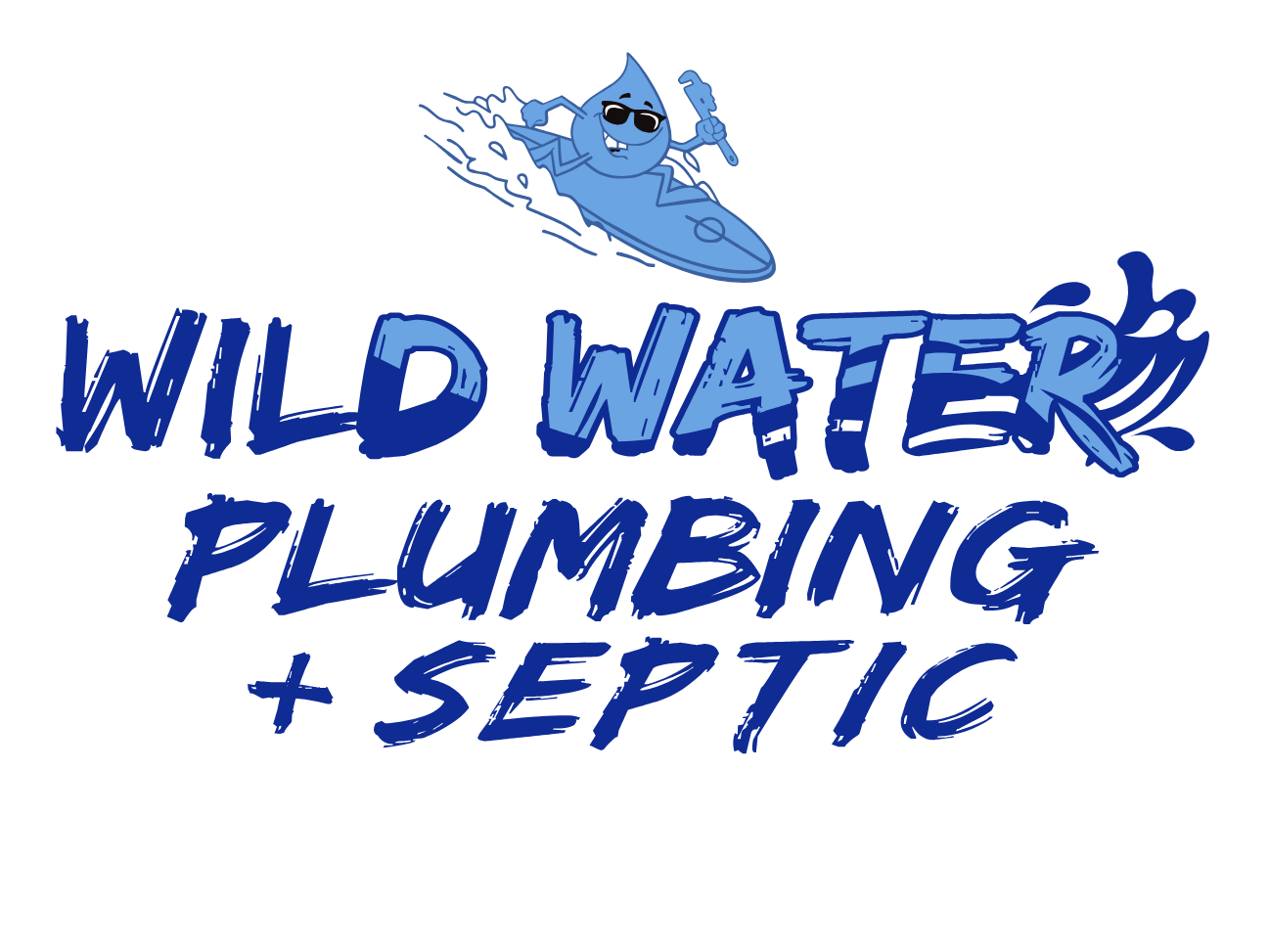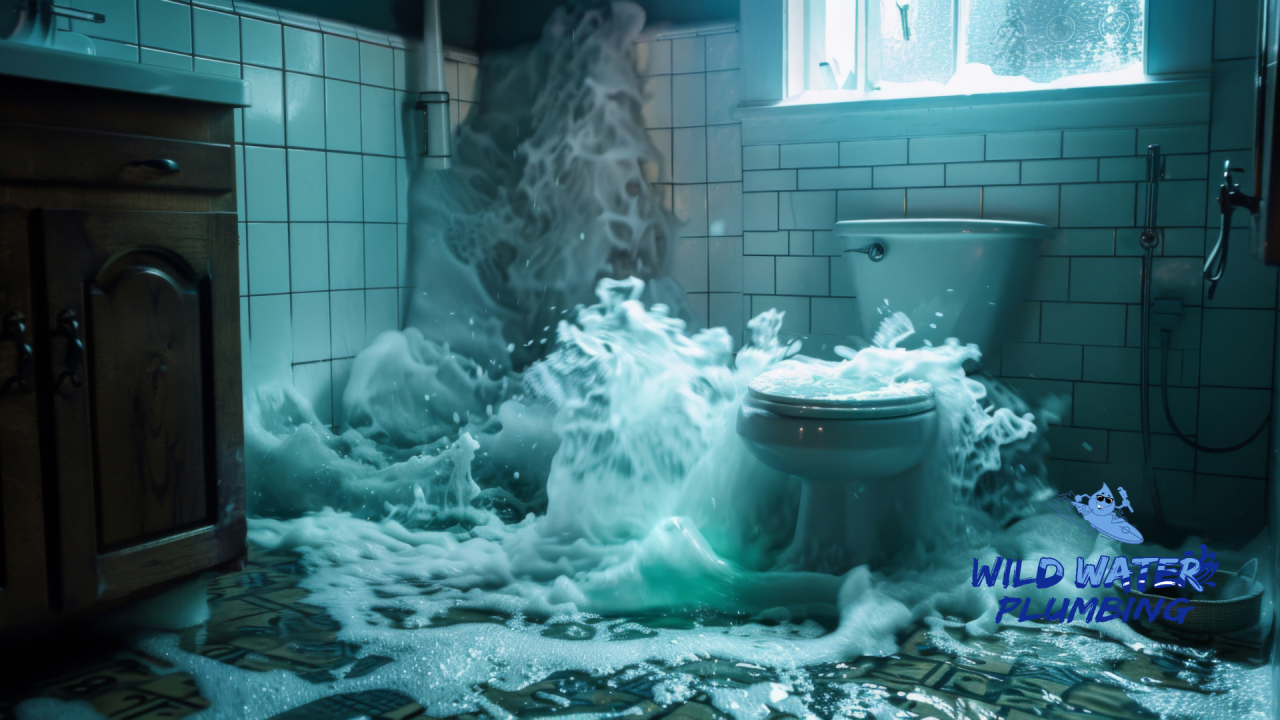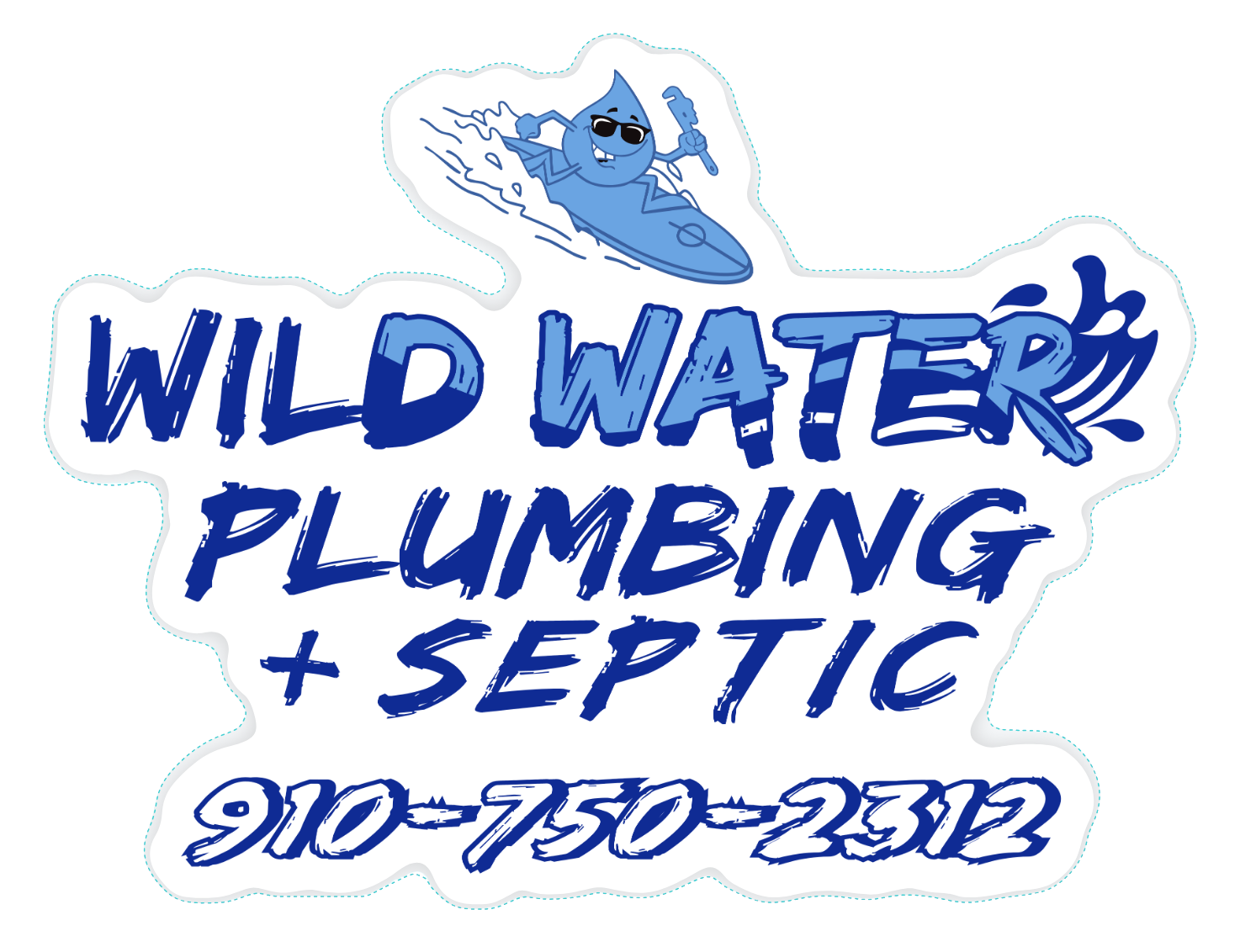Few things are as crucial to keeping an efficient and functional house as a correctly working toilet.
If left untreated, a broken toilet could easily disrupt your daily routine and even cost you money.
Common reasons for a toilet not working can assist with troubleshooting and resolution.
Here are the leading causes of toilet issues and how to address them to keep your bathroom running smoothly.
1. Clogged toilet
A clogged Toilet is the most common reason for Toilet malfunction.
This occurs when trash, excess toilet paper or other non-flushable goods accumulate in a drain and stop water from streaming down it. C
Common clog signs include water rising in the bowl without draining and frequent backups.
A plunger can often fix this, but more stubborn clogs might call for a plumbing snake or professional assistance.
2. Running toilet
A toilet that runs after flushing is annoying and wastes water.
This is generally a result of a worn-out, misaligned, or incorrectly sealed flapper valve.
Other reasons could be a bad fill valve or a terrible water level in the tank.
This issue can be corrected by replacing or adjusting the flapper and ensuring the fill valve operates correctly.
3. Weak flush
A weak Flush can cause waste not to be taken out correctly, causing frequent clogs and multiple flushes.
This can be caused by low tank water, partly blocked rim jets, or a bad flush valve.
Checking the water level and washing the rim jets could enhance flushing performance.
If it’s defective, the flush valve might have to be fixed or replaced.
4. Worn-Out Components
Over time, parts of the toilet tank might wear out and cause issues with operation.
Common culprits consist of the flapper, fill valve, and flush handle.
A deteriorated flapper could leak, and a faulty fill valve might not allow the tank to fill correctly.
Keeping these parts regularly inspected and replaced can prevent major toilet malfunctions.
5. Blocked Vent pipes
Vent pipes let air into the plumbing system and stop vacuum locks.
If a vent pipe is obstructed by debris, leaves, or bird nests, it might drain gradually or produce a gurgling noise.
Sometimes, clearing the vent pipe requires a professional plumber who can restore airflow and fix drainage problems.
6. Handle or chain Problems
External components such as the handle or chain sometimes fail.
A loose or broken handle can prevent the toilet from flushing, and a fractured or tangled chain connected to the flapper can also prevent it from moving.
These issues might be corrected by tightening the handle or adjusting the chain length.
7. Sewer Line Problems
Problems with the main sewer line can seriously impact your toilet.
Tree roots, blockages, or pipe damage can block waste flow, producing frequent backups and slowing water drainage.
Sewer line issues generally require professional intervention, like clearing blockages or repairing damaged pipes.
8. Low water
Low water in the toilet tank might mean little power to flush.
This can be because of a faulty fill valve, too low float, or tank leakages.
Setting the water level right and fixing leakages will help your toilet flush more effectively.
9. Frozen pipes
In cooler climates, it can result in your toilet stopping working.
Frozen supply lines prevent water from flowing and cannot be flushed.
Thawing the pipes with secure methods, such as a hairdryer or warm towels, and insulating exposed pipes can keep your toilet functional in winter.
10. Overflowing Bowl
A severe clog or a defective flush mechanism could cause an overflowing toilet.
Urgent action is necessary to avoid water damage.
Experiment with clearing the clog using a plunger; if that fails, switch off the toilet’s water supply and call a plumber.
Preventive Maintenance Tips
Keep your toilet working by following these maintenance tips to lessen the risk it will not.
- Use Toilet Paper Carefully: Use less toilet paper and don’t flush non-flushable items like wipes, sanitary items, or paper towels.
- Regular Inspections: Check the inside of the toilet for damage or wear periodically and replace parts where necessary.
- Clean Rim Jets: Clean the rim jets under the toilet bowl regularly to prevent clogging when flushing.
- Monitor Water Levels: Watch the tank water level and change the float or fill valve as required.
- Protect Against Freezing: Insulate exposed pipes and ensure appropriate heating in places where temperatures can freeze to stay away from pipe blockages.
When to Call a Plumber
Although nearly all toilet issues could be fixed with basic troubleshooting, others call for expert assistance.
If you keep encountering chronic clogs or frequent backups or suspect a sewer line problem, call a licensed plumber.
Professional intervention resolves complicated issues so your plumbing system does not suffer additional damage.
A functional toilet is fundamental for a hygienic and comfortable home atmosphere.
Knowing the most common reasons a toilet stops working and performing preventive maintenance will save you many of the hassles of a toilet breakdown.
Constant upkeep and timely repairs prolong the life of your toilet and keep it operating effectively for you and your household.


